blog»Content Marketing»Sonos Unplugged: The Sound of Market Leadership
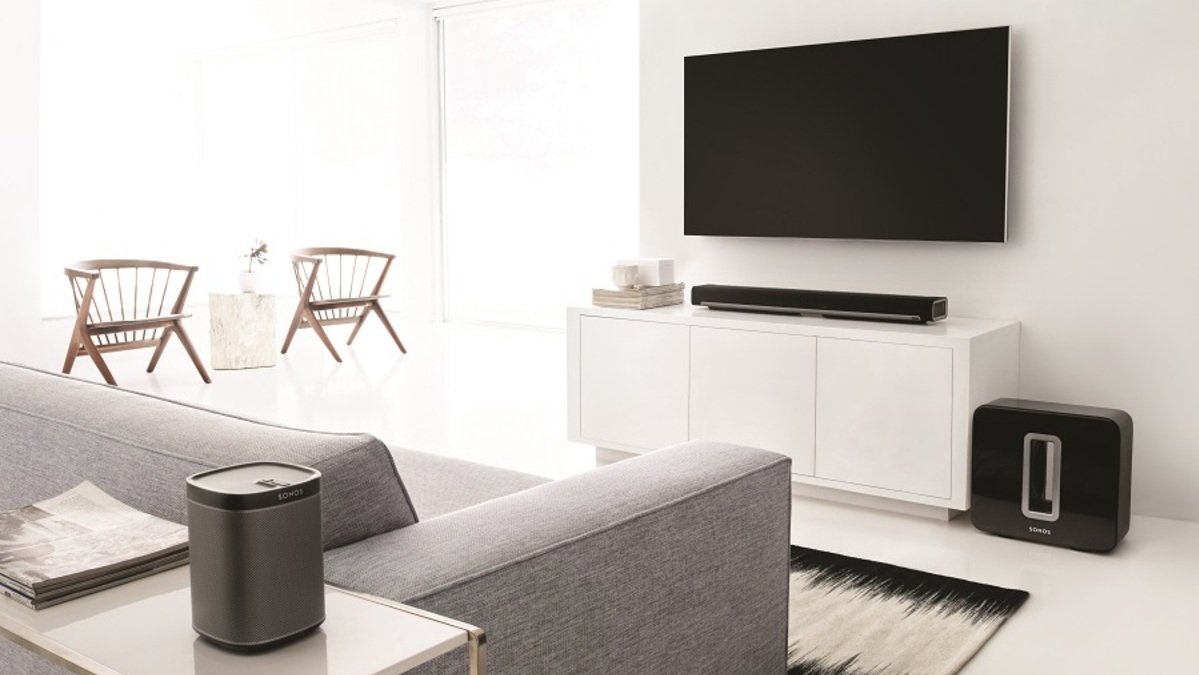
Sonos Unplugged: The Sound of Market Leadership
2023/11/13
You can read this article in about 23 minutes
Introduction
In an era where technology and sound are increasingly intertwined, Sonos stands out as a beacon of innovation in the wireless speaker industry. Founded in 2002, Sonos didn’t just join the audio market; it reinvented it, giving birth to a new era of wireless home audio systems. This isn’t just a story of a company that made speakers; it’s about a brand that became synonymous with seamless integration, unparalleled sound quality, and a visionary approach to home entertainment. For e-commerce marketing teams and consumer electronics enthusiasts, Sonos’ journey from a startup to an industry leader is a melody of strategic marketing, customer-centric innovation, and technological foresight. As we dive into Sonos’ crescendo in the market, we’ll uncover valuable lessons for brands aiming to orchestrate their success in the competitive global sales arena.

Sonos’ Symphony: Features That Redefined Home Audio
- Wireless Multi-Room Audio System: Sonos revolutionized home audio by introducing a system that could wirelessly stream music in multiple rooms simultaneously. This feature allowed users to play the same or different songs in various parts of their home, all controlled from a single device.
- Seamless Integration with Streaming Services: From the outset, Sonos focused on seamless integration with numerous digital music streaming services like Spotify, Apple Music, and Pandora. This ease of access to a vast library of digital music was a game-changer, offering users unprecedented convenience.
- User-Friendly Interface: Sonos developed an intuitive and user-friendly app that allowed users to control their entire audio system from their smartphones or tablets. This simplified the user experience and made it easy for anyone, regardless of tech-savviness, to operate their system.
- Superior Sound Quality: Despite being wireless, Sonos did not compromise on sound quality. Their speakers were designed to deliver rich, high-fidelity audio, which appealed to both audiophiles and casual listeners alike.
- Sleek, Modern Design: Sonos products featured a minimalist and stylish design that easily blended into various home decor styles. This aesthetic appeal was a significant departure from the traditional, bulky home stereo systems.
- Regular Software Updates: Sonos’ commitment to improving its products through regular software updates meant that its systems continually evolved with new features and functionalities, increasing their longevity and value to consumers.
- Expandable System: The modular nature of Sonos’ system allows users to start with one speaker and expand to more over time, making it a flexible option for different needs and budgets.
These features combined to create a unique value proposition for Sonos, positioning it not just as a maker of speakers, but as an innovator in the home audio experience. This blend of technology, user-centric design, and quality set Sonos apart and enabled them to create and lead a new category in the market.
Sonos’ Symphony of Success
- Sonos Creating a New Category
- Example: The introduction of the Sonos Play:1, a compact yet powerful speaker, marked a significant shift in home audio. This product exemplified Sonos’ vision of wireless, multi-room audio systems.
- How They Did It: By focusing on wireless technology and multi-room listening experiences, Sonos targeted the modern consumer’s desire for both quality sound and convenience.
- Lesson: Innovation doesn’t just mean new products; it’s about creating new ways for people to experience technology.
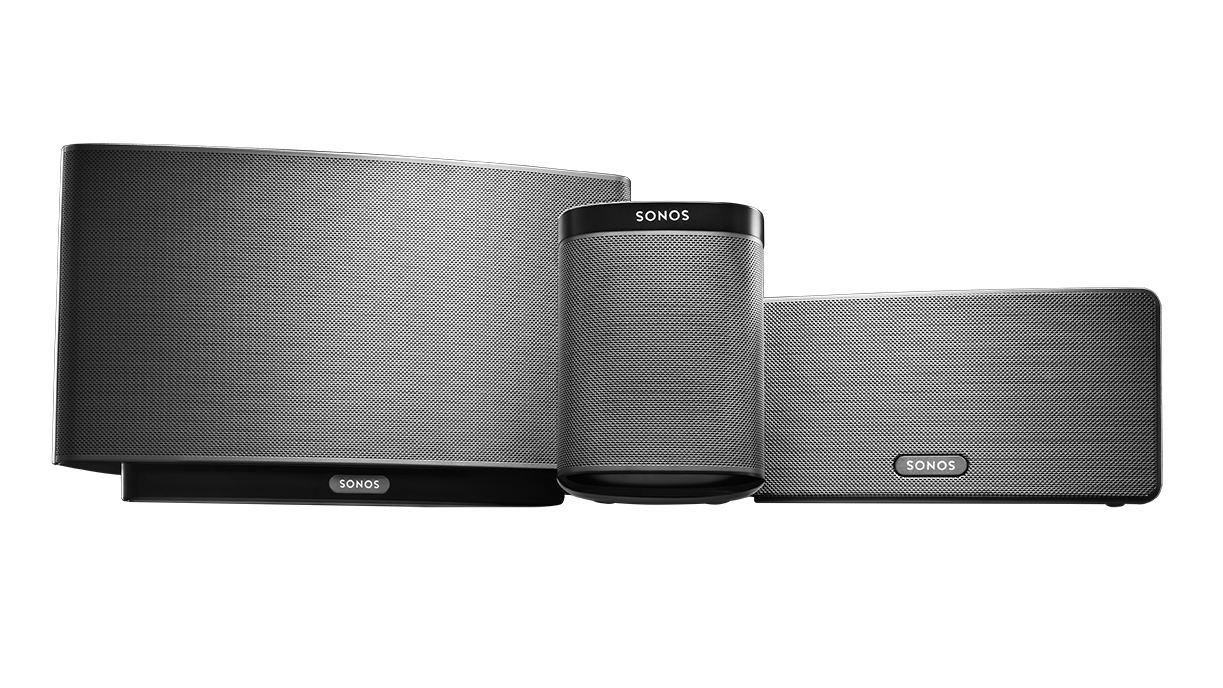
- User Experience as a Priority
- Case Study: The development of the Sonos app, which allows users to control their entire Sonos system from their smartphone.
- How They Did It: Regular updates to the app based on user feedback, showcasing their commitment to a user-centric approach.
- Lesson: In technology, usability is as important as the technology itself.

- Adapting to Market Trends and Competitor MovesCase in Point: Introduction of the Sonos Beam, a smart, compact soundbar with voice control features, in response to the growing demand for smart home devices.
- How They Did It: By integrating voice control while maintaining their signature sound quality, Sonos stayed relevant amidst the rise of smart homes.
- Lesson: Adaptability to market trends is crucial for sustaining brand relevance.

Sonos & IKEA Partnership
Sonos’ collaboration with IKEA on the SYMFONISK line, making quality sound accessible while also fitting seamlessly into home decor. Combining IKEA’s expertise in home furnishings with Sonos’ audio technology to reach a wider demographic.
Lesson: Strategic partnerships can open up new markets and redefine brand perception.Image Suggestion: The SYMFONISK line in a well-designed room, highlighting the blend of audio technology with home decor.
- Benefits for Sonos:
- Market Expansion: Partnering with IKEA, a global leader in home furnishings, allowed Sonos to tap into a broader and more diverse customer base. IKEA’s vast reach and reputation for affordable, stylish products helped Sonos access households that might not have considered high-end audio equipment previously.
- Brand Exposure: The collaboration exposed the Sonos brand to IKEA’s massive global customer base, increasing brand awareness and potentially attracting new customers who value both design and functionality.
- Benefits for IKEA:
- Enhanced Product Offering: By integrating Sonos’ audio technology into its product line, IKEA enhanced its value proposition in the home furnishings market. This collaboration allowed IKEA to offer innovative products that combined functionality, design, and technology.
- Attracting New Demographics: The partnership with Sonos helped IKEa attract customers interested in smart home technology, potentially drawing a more tech-savvy demographic to their stores.
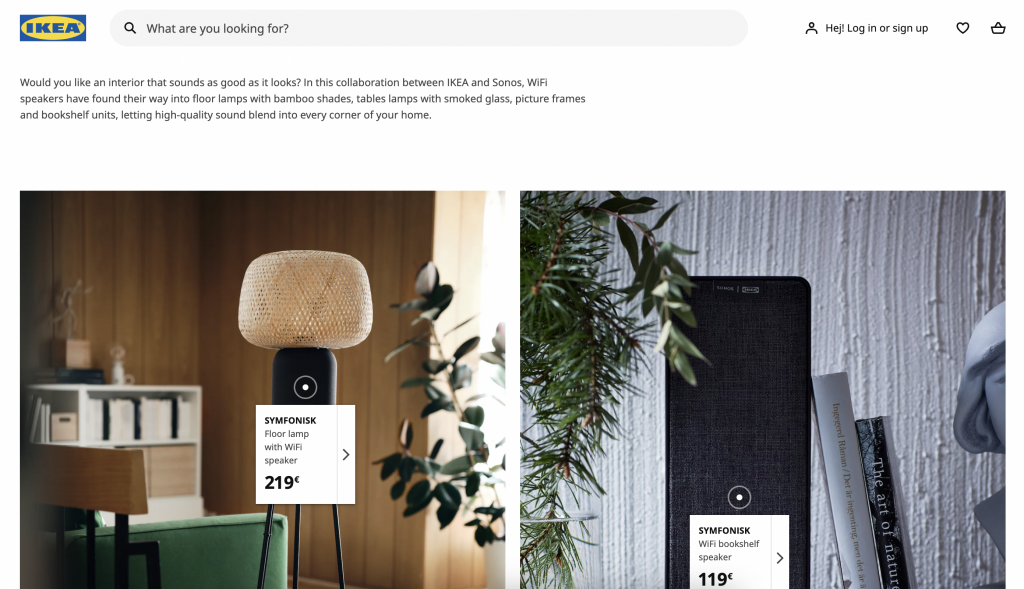
Sonos & Rick Rubin Partnership:
The collaboration with renowned artist and producer Rick Rubin for a unique marketing campaign. Leveraging Rubin’s influence in the music industry to emphasize Sonos’ commitment to high-quality sound tailored for true music lovers.
Lesson: The right influencer can act as a powerful brand amplifier, especially when their ethos aligns with the brand.
- Benefits for Sonos:
- Credibility in Music Industry: Collaborating with Rick Rubin, a highly respected figure in the music industry, bolstered Sonos’ credibility and affirmed its commitment to delivering high-quality sound that meets the standards of professional musicians and producers.
- Marketing and Branding: Rubin’s endorsement served as a powerful marketing tool, associating Sonos with high-quality music production and appealing to serious music enthusiasts.
- Benefits for Rick Rubin:
- Exploring New Creative Avenues: Working with Sonos offered Rubin an opportunity to explore the intersection of music and technology, potentially inspiring new creative avenues in sound production and delivery.
- Broadening Influence: Rubin’s collaboration with Sonos expanded his influence beyond the traditional music industry, allowing him to make an impact in the tech and consumer electronics sphere.

Highlighting a Key Marketing Campaign
- Sonos’ Brilliant Sound Experience
- Campaign Overview: An immersive, multi-room experience set in different cities, showcasing the power of Sonos sound in a unique, engaging way.
- Execution: Using interactive installations and collaborations with local artists to create a sensory journey through sound.
- Impact: The campaign not only showcased the product but also engaged consumers on an emotional and sensory level.
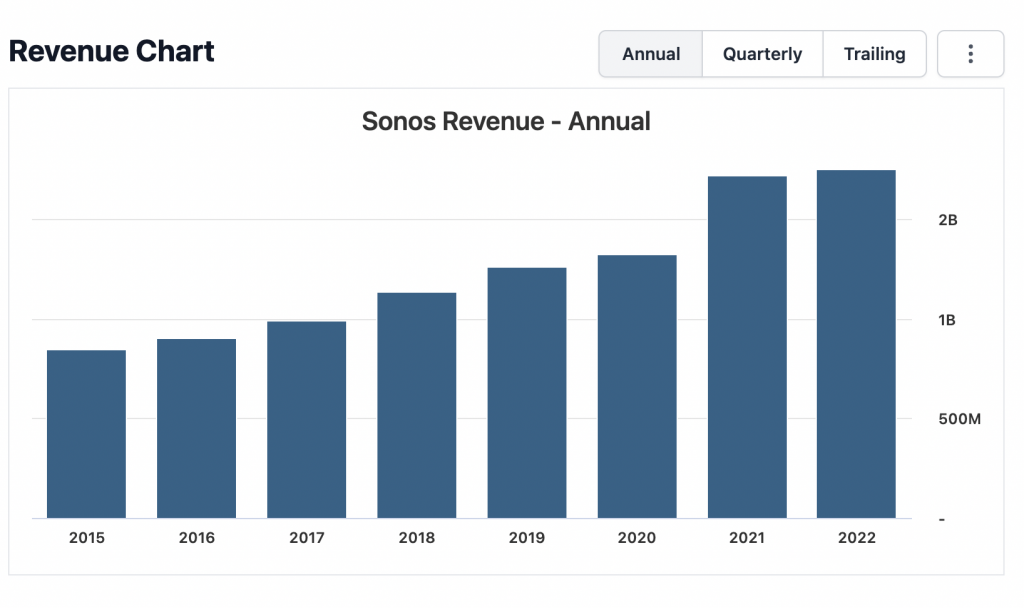
Competition & “Copycats”
Sonos, as a pioneer and leader in the wireless home audio market, has faced its fair share of competition, including from companies that have released products with similar features and designs. This phenomenon is not uncommon in the tech industry, where successful innovations often lead to a surge of similar products from competitors.
- Entry of Major Tech Companies: The success of Sonos in the wireless multi-room audio market attracted the attention of larger tech companies. Giants like Amazon, Google, and Apple introduced smart speakers that also offered multi-room audio functionality, a key feature that was initially popularized by Sonos. These products were often integrated with the companies’ broader smart home and voice assistant ecosystems.
- Similar Product Designs: Some competitors have been noted for releasing products that bear a resemblance to Sonos speakers in terms of design and functionality. This includes similar speaker layouts, aesthetics, and even the user interface of accompanying apps.
- Legal Actions by Sonos: Sonos has taken legal action against certain competitors for what it claims are infringements on its patents. For instance, Sonos filed lawsuits against Google, alleging that Google’s line of smart speakers infringed on Sonos’ patented technology. These legal battles highlight the tensions between Sonos and larger tech companies vying for a share of the lucrative home audio market.
- Market Response: While Sonos has faced increased competition, it has maintained its brand identity as a premium audio product. The company has continued to innovate, focusing on high-quality sound, ease of use, and integration with various streaming services. Additionally, Sonos has worked on strengthening its patent portfolio and advocating for fair competition and innovation in the industry.
- Consumer Choice and Brand Loyalty: Despite the emergence of similar products, Sonos has retained a strong customer base. Many consumers remain loyal to the brand due to its reputation for quality, customer service, and an ecosystem that integrates well with a variety of other services and devices.

In summary, Sonos’s experience with “copycat” competitors is indicative of the challenges faced by innovative companies in the tech industry. While imitation is a form of flattery, it also pushes companies like Sonos to continuously evolve and differentiate their products to maintain a competitive edge.
Sonos Timeline
- Innovative Beginnings (2002): Sonos was founded in 2002 by John MacFarlane, Craig Shelburne, Tom Cullen, and Trung Mai. What set Sonos apart from the beginning was its focus on developing a wireless multi-room music system, which was a relatively novel concept at the time.

- Introduction of the ZonePlayer (2005): Sonos introduced its first product, the ZonePlayer, a digital music system that allowed users to play music in any room of their home wirelessly. This was a significant development in the home audio market.
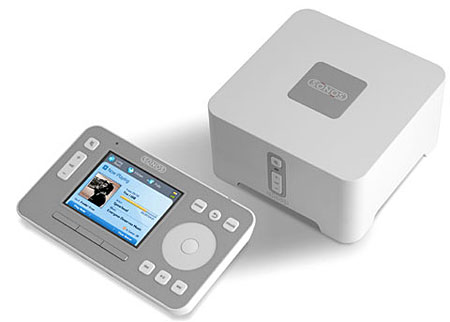
- Trueplay Tuning Software (2015): Sonos released Trueplay, an innovative tuning software that calibrates the sound of its speakers to the acoustics of the room they are in, significantly enhancing the listening experience.

- Sonos vs. Big Tech (2018-2020): In a bold move, Sonos filed lawsuits against Google and later Amazon, accusing them of patent infringement. This legal action underlined the intense competition in the smart speaker market and Sonos’s determination to protect its innovations.
- Launch of Sonos Radio (2020): Amidst the pandemic, Sonos launched its own streaming radio service, Sonos Radio, offering a variety of music, radio stations, and original content, which added value to its product ecosystem.

- Sustainability Initiatives: Sonos has made efforts towards sustainability, which includes their product recycling program and a commitment to reducing their environmental impact.
- IPO (2018): Sonos went public in August 2018. The IPO was a significant milestone, reflecting its growth and the investor confidence in its business model and market position.

- Introduction of Voice Control and Expanding Smart Home Integration: Sonos has continually updated its product lineup to include voice control features and integration with various smart home ecosystems, staying relevant in a rapidly evolving market.
- Collaborations and Limited Editions: Sonos has engaged in several collaborations, releasing limited edition versions of their speakers. These collaborations, often with artists and designers, have helped position Sonos as a lifestyle brand.
- Adapting to Market Changes: Sonos has shown adaptability to changing market dynamics, including the shift towards streaming services and smart home technology, by continuously evolving its product line and software capabilities.

These events and developments showcase Sonos’s journey as a pioneer in the wireless audio industry, marked by innovation, adaptability, and a strong commitment to enhancing the home audio experience.
Conclusion
Sonos’ ascent to the pinnacle of the wireless speaker market is not just a story of technological prowess; it’s a narrative of foresight, adaptability, and consumer-centric innovation. The brand’s journey offers profound insights for e-commerce marketing teams. From pioneering a new product category to crafting experiences that resonate with consumers, Sonos has demonstrated the power of thoughtful innovation paired with strategic marketing. Their success underlines the importance of understanding consumer lifestyles, embracing technological trends, and forging meaningful partnerships. As we navigate an ever-evolving digital landscape, Sonos serves as a beacon, illuminating how brands can stay ahead by harmonizing product excellence with a deep understanding of their customers’ needs. In a world where the lines between technology and lifestyle increasingly blur, Sonos’ story is a symphony that plays on, inspiring brands to not just create products, but to create movements.